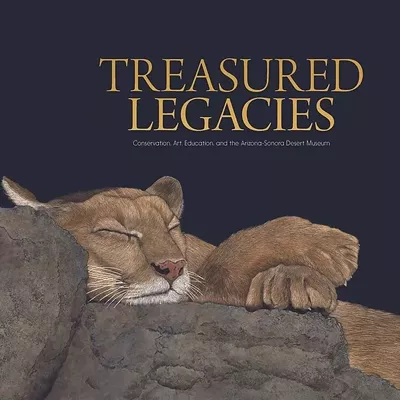The victims were Leicester and Kathryn Sherrill, socially prominent retirees whose blood-soaked bodies were discovered by a neighbor in their northeast-side home. This book, though, is not voyeuristic pulp journalism along the lines of City Confidential. In fact, other than a few sketchy details, the book hardly mentions the murders. Instead, it focuses on the man who committed the crime, John Patrick Eastlack, a 21-year-old con artist, and the effects his actions had on his family. (See TQ&A, Dec. 8, 2005.)
A crime like this one hits the families of victims with the impact of a meteor, stirring up clouds of grief and anger that may last a lifetime. Fortunately, for these families, communities generally respond with an abundance of support and sympathy (public mourning for the Sherrills was immense). However, the families of perpetrators--burdened with their own difficult issues--are commonly ignored. For them, the result is often a rapid spiral downward.
Eastlack's family was luckier than most. They were blessed with a safety net of friends and colleagues unusually numerous and loyal. Nonetheless, they found themselves in a seemingly inescapable maze of anger and depression in the years following the murders.
Written by Eastlack's adoptive mother, Katherine Norgard, this book presents a spare but unflinchingly candid look at the "family holocaust" that the Norgards went through: her husband's stoic depression, her daughter's anger at both her brother and the judicial system that was hellbent on executing him, and her own morass of disbelief, shame and despair.
Norgard, a Tucson psychotherapist and teacher at the ASU School of Social Work, describes the emotional toll of sitting through a trial and visiting a loved one in prison, writing that after her son was sentenced to death, her hopelessness mutated into an intractable obsession (she and her husband briefly discussed how to break John out of prison). At her lowest point, she became suicidal.
"I had lost my old self," she writes, "the me I had been before John's crime. My body ran on anxious energy fueled by some unknown force."
Drawn back from the edge of suicide by her love for her daughter, Norgard threw herself into the fight to overturn her son's death sentence, sparking her own inspiring recovery.
For a book about losing a son to prison, this one is surprisingly uplifting, demonstrating the human capacity to rise above the worst of storms. It is also a book that strives to see the big picture, acknowledging the heinous nature of Eastlack's crime while insisting that justice can never be fully served without trying to understand why people act as they do.
John, she writes, had always been an enigma. Placed in more than 10 foster homes by age 15 months, when he was adopted by Norgard and her first husband, he soon proved to be a difficult child. He was slow to learn and had trouble making friends, lying and stealing incessantly. Norgard, whose first marriage dissolved under the stress, tried myriad child-rearing strategies, but nothing seemed to work. On the other hand, he was musical and athletic, with a likable personality, a kind heart and a captivating smile.
"He was not a bad kid," Norgard recalls, "but his problems never stopped. It seemed John just could not help himself."
As Eastlack's appeal hearing approached, Norgard discovered that his birth mother was an alcoholic, and he was belatedly diagnosed with Fetal Alcohol Syndrome, a malady characterized by irreversible brain damage, often leading to a lack of empathy and behavior control. (John testified that, before stealing the Sherrills' car, he had panicked, beating them without "thinking about what he was doing.") Because of this new assessment, his death sentence was commuted to life in prison.
Norgard's own breakthrough occurred when, prior to John's resentencing, she accompanied her daughter to Nepal. There, she began reading works by the Dalai Lama. She returned from the trip having relinquished much of her anger, determined to "reclaim my own spirit and work to save John and end the death penalty, but with joy."
"I am a better person in many ways for having traveled the path with John," she writes. "I have a more meaningful spiritual life and I am less inclined to judge others. Joy is now something internal and is medicine in my life. I have a deeper understanding about the complexity of human behavior and have come to know that people are doing the best they can with what they have. I believe that none of us should or can be judged by our worst act."







